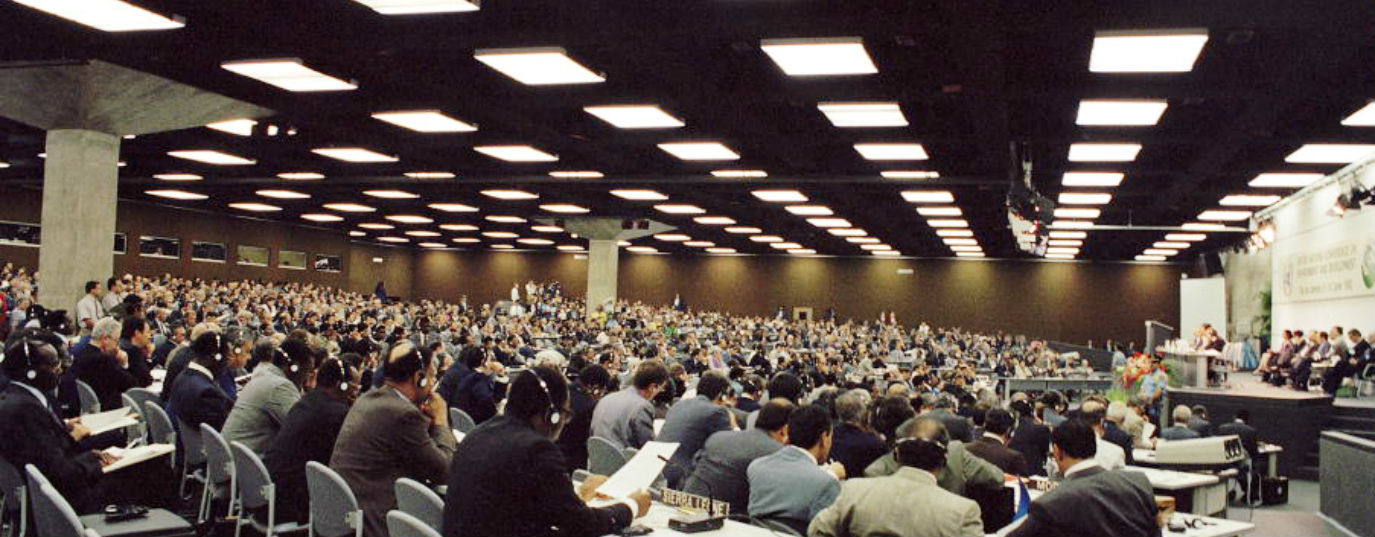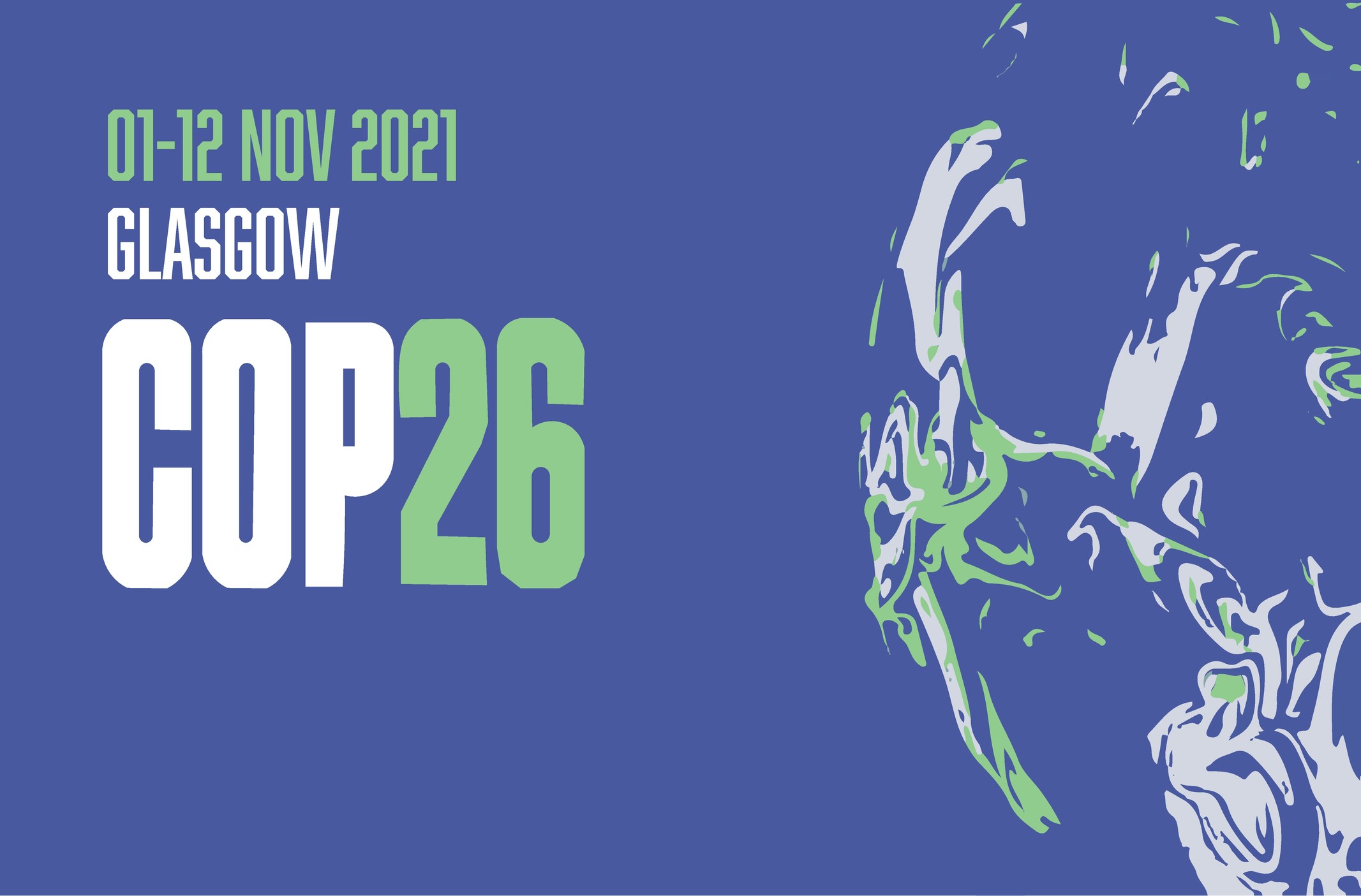Achievements of the Conference of the Parties
With COP25 about to get underway in Madrid, this is perhaps a good moment to look back and assess the milestones of the main climate summits since 1995.
The next Conference of the Parties, COP25, will finally take place in Madrid (Spain) from 2 to 13 December. Following the Chilean decision not to hold the summit, as a result of the most serious political and social crisis the country has experienced since the return of democracy, and with just weeks to go before it was due to begin, the Spanish government stepped in and offered Madrid to the UN Framework Convention on Climate Change as an alternative venue.
COP25 is a crucial moment in the campaign against climate change, since it will be the last opportunity to negotiate the rules that determine the Paris Agreement before it comes into force in 2020. Hence the seriousness of the upheaval, which has led to preparations around the clock in Madrid so that everything is ready in time for the holding of the conference.
Just weeks before this decisive Summit begins, let’s look back and evaluate the milestones achieved by the main COPs since the first was celebrated in Berlin in 1995.
Important progress was not made at all of these annual meetings. Indeed, the pace of decision-making has been slower than expected. However, over the past two decades, commitments gradually unfolded that made their way into the Paris Agreement of COP21, the biggest global pact against climate change yet seen.
Historical record of the Conference of the Parties
The Conference of the Parties, COP as it is known, is the supreme decision-making body of the United Nations Framework Convention on Climate Change (UNFCCC). This association of member states, aka Parties, meet every year for two weeks to address the problem of climate change faced by the planet. This year, they will do so in Madrid, but, before arriving there, let’s have a look at the most important milestones that have been reached at each of these Conference of the Parties:
- COP 1. Berlin, 1995: At the first conference, the signatories agree to meet annually to maintain control over global warming and see the need to reduce emissions of polluting gases.
- COP 3. Kyoto. 1997: The Kyoto Protocol is adopted with the commitment to reduce emissions of greenhouse gases in industrialized countries. Lays the foundation of the carbon market.
- COP 13. Bali, 2007: The Bali Roadmap sets a timetable for negotiations for a new international agreement to replace the Kyoto Protocol and include all countries, not only the developed ones.
- COP 15. Copenhagen, 2009: The objective of keeping global warming below 2 ºC is validated and developed countries commit to finance developing countries in the long term.
- COP16. Cancun, 2010: The Cancun Agreements, which formalizes the commitments set out in Copenhagen, are written and the Green Climate Fund is created mainly for climate actions in developing countries.
- COP17. Durban, 2011: This time, all countries agree to start reducing emissions, including the US and emerging countries (Brazil, China, India and South Africa). It was decided to negotiate a global agreement that would came into force in 2020.
- COP18. Doha, 2012: It is decided to extend the Kyoto Protocol until 2020. Countries like the US, China, Russia and Canada did not support the extension.
- COP20. Lima, 2014: For the first time, all countries agree to develop and share their commitment to reducing emissions of greenhouse gases.
- COP21, Paris, 2015: After 20 years of negotiations, the Paris Agreement was unanimously adopted to keep global warming below 2 ºC above pre-industrial and continue efforts to limit it to 1.5 ºC.
- COP22, Marrakesh, 2016: against all expectations, the Paris Agreement came into force a few days before the Summit, after being ratified by most nations. The result of the negotiations at this meeting was encapsulated in three documents: the Marrakesh Action Proclamation, a strong political message supporting the Paris Agreement at a time when the change in the White House was generating uncertainty; the Marrakesh Partnership to strengthen climate collaboration for the period up to 2020, and; the first meeting of the CMA, the decision-making body for the Paris Agreement.
- COP23, Bonn, 2017: at this Climate Summit, progress was made on the Rulebook to detail how the Paris Agreement will work in practice (Paris Rulebook), with the aim of concluding it in 2018. Facilitative Dialogues, known as the Talanoa Dialogue, were also created, a process allowing countries to share experiences and good practices in order to achieve the Agreement objectives. The Talanoa Dialogue Platform was launched to promote the participation and dialogue of local and indigenous communities. A Gender Action Plan was adopted to ensure the role of women in decision-making related to climate change.
- COP24, Katowice, 2018: little over two months before the Summit began, the IPCC published its report analyzing the impacts of a 1.5°C global temperature increase, which focused debate on a need for greater urgency in reducing polluting emissions. Nevertheless, although this was mentioned, it was not considered to be a guide for action in the texts agreed. Meanwhile, the Talanoa Dialogue ended, the next step being to review the 2020 climate plans to align them with the set objective of limiting global warming. Finally, one of the most important articles of the negotiation was left unresolved: Article 6 permitting the development of carbon markets.

COP25 in Madrid, crucial for the Paris Agreement
A lot of hope is being placed in COP25, to be held from 2 to 13 December in Madrid (Spain), as the next big event in the fight against climate change. Following Chile’s cancellation of this vitally important conference, the Spanish capital has had just a month to prepare for the event (normally host cities have at least a year).
All the Parties heading to Madrid, more than 25,000 attendees from over 200 countries, will be the next big Summit to tackle climate change. All the Parties heading out to this Andean country will start with the following two premises: first, the IPCC declared that, to limit global warming to 1.5°C, global greenhouse gas emissions must be halved by 2030, reaching a net sum of zero emissions in 2050, and; secondly, current national climate plans, far from achieving the 1.5°C objective, threaten to double the temperature increase.
What can we expect from COP25? There will be many issues to tackle, two of which are especially important:
- Nail down Article 6 of the Paris Agreement, much discussed in previous negotiations, which will define the mechanisms of the carbon market, including avoiding the double counting of emissions.
- Fulfil the commitment to mobilize USD 100 billion for 2020 (the Green Climate Fund) and establish a new target for 2025. While Germany and Norway have announced they will double their contributions, the participation of the rest of the developed countries in this initiative needs defining urgently.





